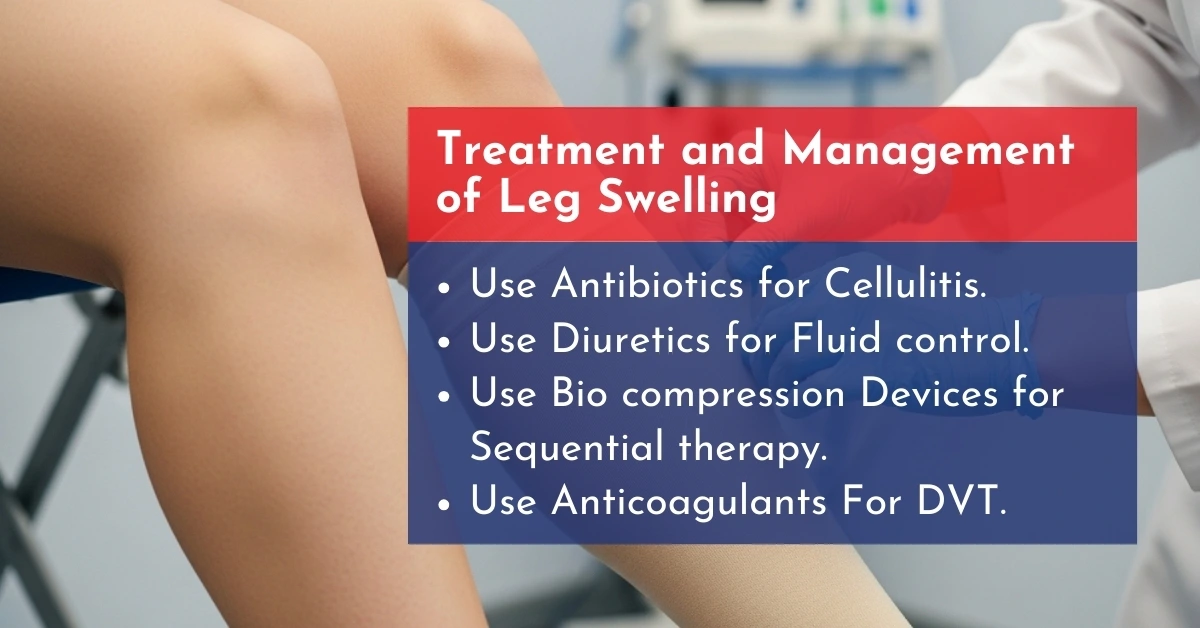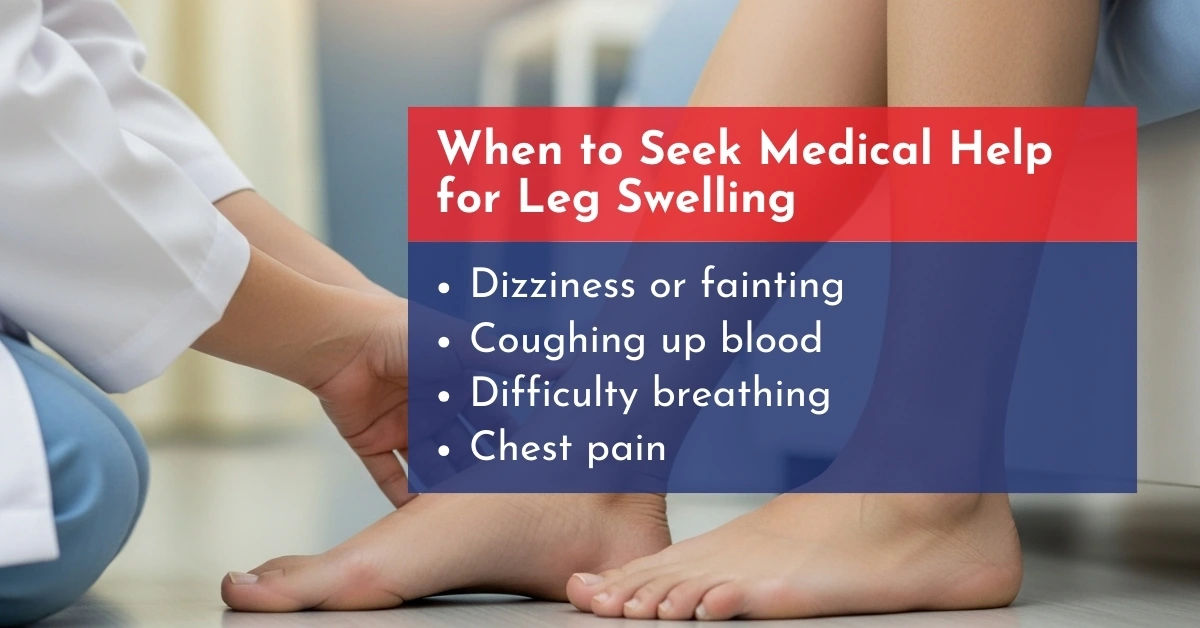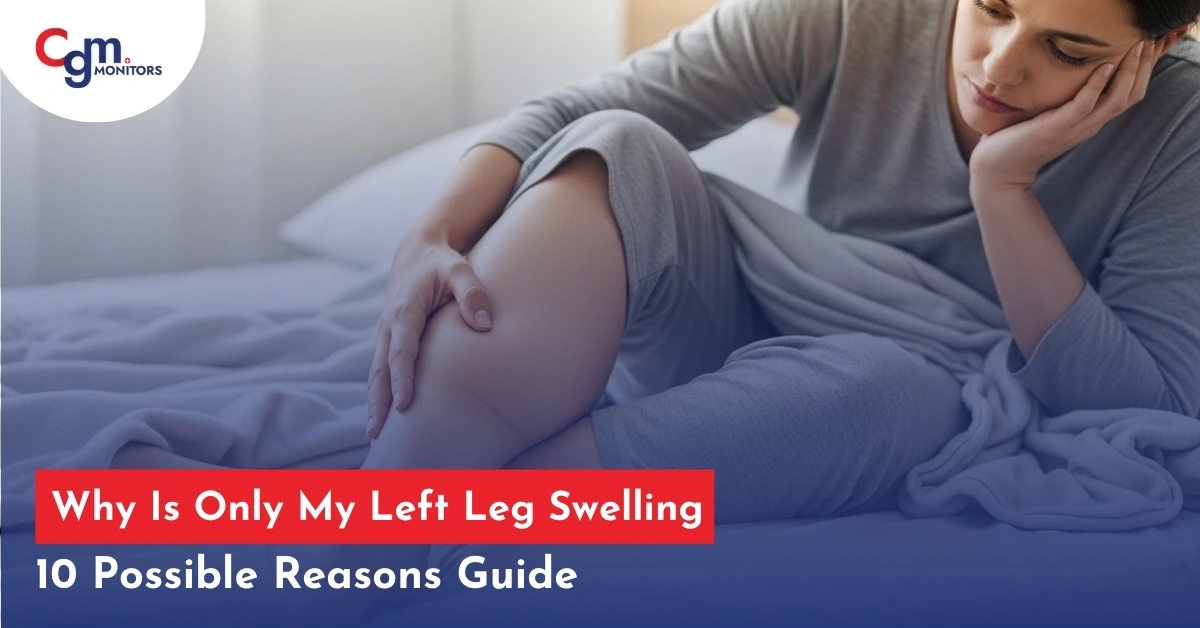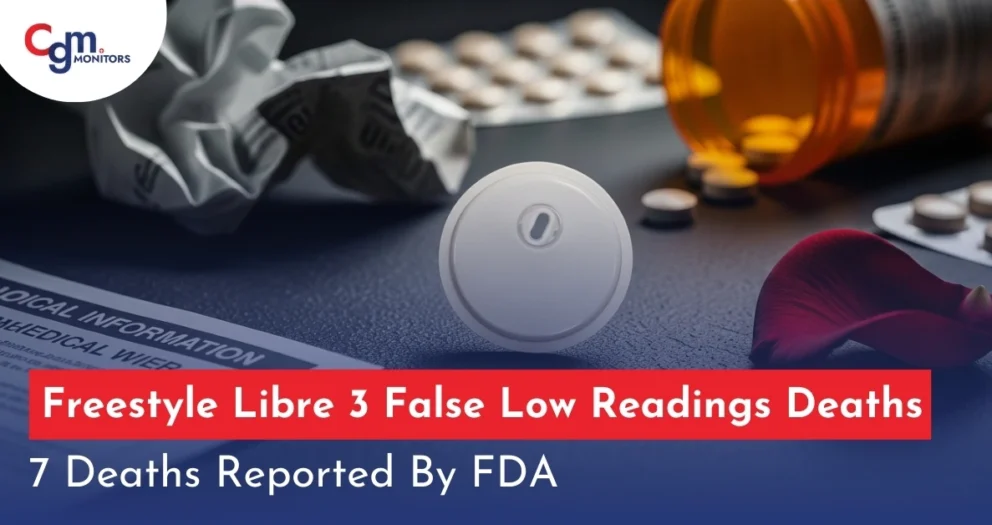Table of content
Why is only my left leg swelling? If you’ve noticed swelling in your left leg, this could be alerting you to more serious health complications, such as deep vein thrombosis (DVT), a blood clot, or (localized) infection that requires urgent medical attention. When this is accompanied by symptoms of pain, redness, or warmth, pay attention. Other possible causes include injury, chronic venous insufficiency, and lymphedema. You’ll want a healthcare provider to understand exactly what the problem is so that an appropriate treatment plan can be put in place. Isolated leg swelling often indicates a clinical condition in the leg itself, and your local health professional requires timely and assessed approaches to provide appropriate care.
Why Swelling in One Leg Is Likely Not a Systemic Issue
Swelling in both legs commonly suggests systemic conditions, such as heart failure, kidney disease, or liver disease, which can cause generalized edema. However, if only one leg is swollen, the problem is usually related to that leg, such as a blood clot, infection, or trauma. See a provider to determine the cause and receive targeted treatment for the best relief.
10 Causes of Left Leg Swelling: Potential Causes
1. Deep Vein Thrombosis (DVT)
If you notice painful swelling in your leg, it could be due to a blood clot (deep vein thrombosis or DVT) blocking blood flow in a vein. This condition needs attention, as it can lead to serious complications if left untreated. Here’s what you need to know in a clear, user-friendly way:
- How Common Is It? DVT affects about 1-2 out of every 1,000 adults annually, with a higher risk for those who are immobile, such as after surgery or long periods of sitting.
- What Are the Signs? Look out for warmth, redness, a feeling of heaviness, or one calf appearing larger than the other. These symptoms are key indicators of DVT.
- Why the Left Leg? The left leg is more commonly affected due to a condition called May-Thurner Syndrome, where a vein in the pelvis is compressed, increasing clot risk.
- Why Act Fast? If untreated, DVT can lead to a life-threatening pulmonary embolism in about 30% of cases, where the clot travels to the lungs.
2. Chronic Venous Insufficiency (CVI) & Varicose Veins
Weakened vein valves cause blood to pool, leading to varicose veins and swelling in one leg, which affects approximately 40% of adults over 50. Symptoms include non-pitting oedema, skin discolouration, and itching, which may be associated with post-thrombotic syndrome resulting from prior clots. Untreated, it may lead to lipodermatosclerosis or venous ulcers. Risk factors include obesity, smoking, and hypertension. For example, a sedentary worker’s leg swelling improved with vein ablation.
Management: Use a Bio Compression device like the SC-4004-DL Pump along with 4-chamber BioCompression Leg Sleeves (Standard) garments for better management. These provide sequential gradient pressure, improving venous return in unilateral swelling.
3. Lymphedema
Lymphedema: This condition develops when lymph fluid builds up in tissues due to blocked lymph nodes, commonly caused by prior surgery, injury, or infection. Seek medical advice for proper diagnosis and management of lymphedema to address swelling and prevent complications effectively.
| Stage | Description | Management |
| Stage 1 | Reversible swelling | Leg elevation |
| Stage 2 | Fibrotic tissue changes | Manual lymphatic drainage |
| Stage 3 | Elephantiasis | Surgical or compression therapy |
Clinical Note: Bio compression garments, like the 4 Chamber Bio Vest, are recommended to reduce fibrosis and infection risk. Nutrition also plays an important role in symptom control. Read our guide on Lymphedema Foods to Avoid & Incorporate for long-term management.
4. Cellulitis and Infections
This bacterial infection of the skin and soft tissues causes painful swelling, redness, warmth, and sometimes fever, often in one leg due to an entry point like a cut. It affects about 200 per 100,000 people yearly, with a higher risk in diabetes or after surgery. If untreated, it can lead to sepsis, but antibiotics reduce this risk by 90% within a day. For example, a minor cut on the left foot caused swelling, diagnosed as cellulitis through a medical exam. Diabetes patients should monitor blood sugar using devices like Dexcom G7 or FreeStyle Libre 3 plus CGMs to lower infection risk. Clean wounds promptly and consult a doctor for early treatment.
5. Baker’s Cyst & Knee Disorders
- Mechanism: Fluid buildup behind the knee joint extending into the calf.
- Symptoms: Bulge, stiffness, one leg swelling.
- Complication: Rupture mimics DVT.
- Diagnosis: MRI/Ultrasound.
| Symptom | Baker’s Cyst | DVT |
| Pain | Localized behind knee | Diffuse calf pain |
| Onset | Gradual | Sudden |
Example: Knee injury patient had swelling in one foot only no pain, revealed as cyst rupture.
6. Trauma, Injury, or Fracture
Injury to bones or tissues can trigger inflammatory edema, causing swelling in one leg, which accounts for about 15% of emergency cases involving unilateral swelling. Common symptoms include bruising, tenderness, and pitting edema (swelling that indents when pressed). For example, an athlete experienced swelling in one leg after an ankle sprain, which improved with rest. To manage this, follow the RICE protocol: Rest, Ice, Compression, and Elevation. Risk factors include sports injuries and falls. Seek medical advice to rule out fractures or severe tissue damage and ensure proper recovery.
7. Peripheral Artery Disease (PAD)
- Peripheral artery disease narrows arteries, reducing flow and causing secondary swelling. Prevalence: 12% over 60.
- Symptoms: Cramping, cool skin, weak pulses.
- Diagnosis: Ankle-Brachial Index (ABI) detects 95% of cases.
- Expert Opinion: Smoking cessation reduces PAD progression by half.
8. Lipoedema (Often Misdiagnosed)
Lipoedema has an abnormal fat distribution that can present with unilateral swelling but is distinct from lymphedema. Lipoedema is an asymmetric condition that produces symmetric fat distribution in the legs, is painful when pressed, and most often spares the feet. By contrast, lymphedema produces fluid swelling that is asymmetric, less painful and usually involves the feet.
It is important to note the differences between the two and to communicate those to your GP or health provider, to establish a diagnosis or most importantly, to help you determine what the cause is and get the best treatment for you to aid effective management.
9. Post-Thrombotic Syndrome
- After being treated for DVT, 20-50% of patients will experience:
- Symptoms include: persistent swelling, skin thickening, and heaviness of the leg.
- Prevention: Early anticoagulation, compression.
10. Tumors or Masses (Rare)
- Mechanism: Abdominal/pelvic masses compress the femoral or iliac veins.
- Detection: CT/MRI essential.
- Importance: Must exclude malignancy in unexplained unilateral edema.
Diagnostic Methods
| Tool | Purpose |
| Venous Doppler ultrasound | 95% sensitivity for DVT |
| D-dimer blood test | Screens for thrombosis |
| ABI test | Detects arterial disease |
| MRI/CT scan | Identifies cysts, tumors, or compressions |
| Lymphoscintigraphy | Evaluates lymphatic obstruction |
Evidence: Early use of imaging reduces misdiagnosis by 40%.
Treatment and Management of Leg Swelling
Options target etiology:
- Anticoagulants: For DVT.
- Antibiotics: Cellulitis.
- Diuretics: Fluid control.
- Bio compression Devices: Sequential therapy.
- Elevation and rest.
- Vein ablation or surgical intervention.
Patients with insulin-dependent diabetes may also use Omnipod 5 insulin pumps or MiniMed 770G systems to maintain glucose stability, indirectly reducing risks of vascular swelling.

When to Seek Medical Help for Leg Swelling
Swelling in one leg may indicate serious conditions like deep vein thrombosis (DVT) or infection, requiring prompt medical attention. Consult a healthcare professional to diagnose the cause and prevent complications.
Seek Immediate Care If You Experience:
- Dizziness or fainting
- Coughing up blood
- Difficulty breathing
- Chest pain
These symptoms could signal a medical emergency. Contact a doctor or call emergency services immediately.
 Why Act Quickly?
Why Act Quickly?
Causes like lymphedema, chronic venous insufficiency, or injury need timely diagnosis through tests like ultrasounds. Early treatment can prevent worsening conditions.
Conclusion
When you see swelling in just one leg, and it does not go away, you need proper medical attention because it causes pain. It can be caused by problems like a blood clot (DVT), weak veins, lymphedema, or an infection. Getting checked early with an ultrasound or blood test can help doctors find the cause and prevent serious issues such as a clot travelling to the lungs (pulmonary embolism).
At CGM monitors, patients benefit from compression devices and CGM monitors that help track changes in circulation, fluid status, and overall health. Addressing why only the left leg is swelling not only improves comfort but also prevents severe complications.
Disclaimer: This is not medical advice. Consult a licensed healthcare provider for personalized care. Reviewed by medical experts for accuracy as of September 2025.
Frequently Asked Questions
What does it mean when only one side of your body swells?
If only one leg swells, it usually means there is a local problem in that leg such as a blood clot (DVT), weak veins, infection, injury, or a blocked lymphatic system. When both legs swell at the same time, it’s more often linked to heart failure, kidney disease, or liver cirrhosis.
Which leg swells with congestive heart failure?
In congestive heart failure, swelling usually happens in both legs together, not just one. If swelling is only in the left leg or right leg, it is more likely due to a clot, varicose veins, or lymphedema, not heart failure.
Why would my right leg be swollen and not my left?
The right leg can swell because of a blood clot, varicose veins, infection, a Baker’s cyst near the knee joint, or trauma. While left leg swelling is more common due to vein compression inside the body, the right leg can also be affected by these conditions.
Is swelling in one leg an emergency?
Yes, it can be. Sudden swelling in one leg, especially with pain, redness, warmth, chest pain, or shortness of breath, could mean a deep vein thrombosis (DVT). This is a medical emergency and requires immediate care to prevent complications like pulmonary embolism.
Can kidney problems cause one-sided swelling?
No. Kidney disease usually causes both legs to swell. If swelling appears only on one side, it is more likely due to a blood clot, vein blockage, infection, or lymphedema, not kidney problems.
How do you know if leg swelling is serious?
Leg swelling is considered serious if it:
- Starts suddenly
- Gets worse quickly
- Comes with pain, skin changes, fever, chest pain, or breathing problems
These are red flags, and you should seek medical attention immediately.
What causes swelling below the knee?
Swelling below the knee joint may happen due to an injury, arthritis, a Baker’s cyst, infection, varicose veins, or lymphedema. If it does not improve, a doctor may order an ultrasound or blood flow test to check for DVT or arterial disease.
Why does swelling affect the left leg more often?
The left leg is more commonly affected by swelling due to May-Thurner Syndrome (MTS). In this condition, the right iliac artery presses on the left iliac vein, making it harder for blood to flow back. This increases the risk of clot formation and swelling in the left leg compared to the right.







Write a comment
Your email address will not be published. All fields are required